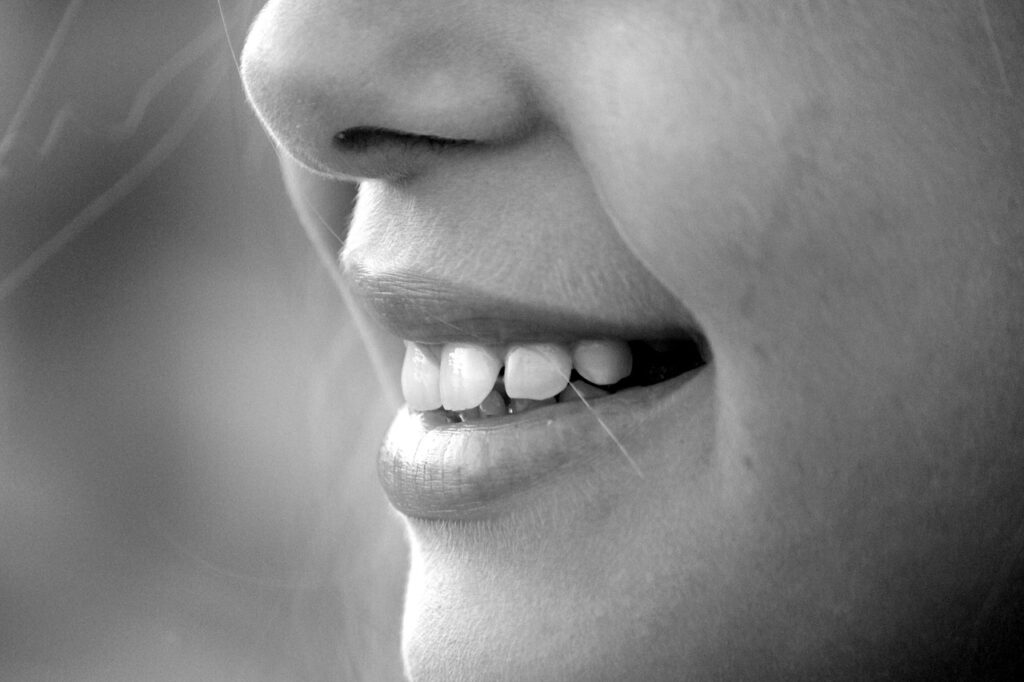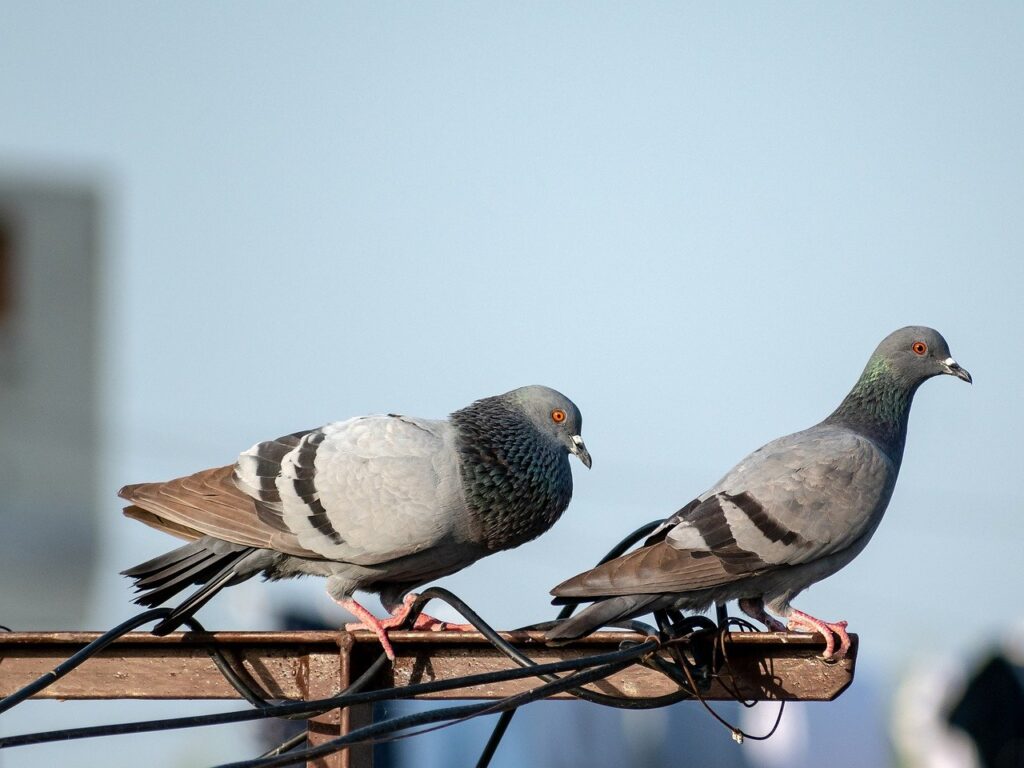
This is the final installment of the three-part Authors Talk by Mackenzie Polonyi.
Transcript:
Welcome to the third and last part of my series. I will talk now, and finally, about fogak, or teeth. Post Volcanic Folk Tales
Teeth very quickly became a significant motif in my book. I was drawn intuitively to the strata of meaning teeth encapsulate: human beings have two sets of teeth, adult teeth and baby teeth (also called milk teeth or deciduous teeth), which speaks, for me, toward a profound harmonic twoness or doubleness I repetitively play with in my poetry (reality and [rather than versus] myth, devotion and [rather than versus] disobedience, for example) and also toward subjects like growing and time; the emergence of the adult set is called eruption, like active volcanic discharge, which is a prominent psychoemotional image in my book; and lastly, teeth are distinctive, unique to each skull, each person, just like fingerprints––forensic odontology relies on teeth for identification of human remains, even after decades, centuries, millennia.
Here are some instances in Post-Volcanic Folk Tales in which I write about teeth:
‘A deciduous
tooth for a twoway ticket!’
‘I heat-sought the molars of my foremothers’ graves without names.’
‘Subcarpathian tooth after Transylvanian tooth after Ural tooth,
my own mouth palate-staticked with ice particles, with fractoemissions.’
‘(O her lard-stained apron rippling
music of scaled tooth after scaled tooth;
a Balatonian school of tuning forks!)’
‘I listen I grip my Subcarpathian millstone tooth (my ticket!)’
‘And when our train reached Eger from Keleti Pályaudvar, I stuck my Subcarpathian phantom molar back into my jaw like a tulip bulb.’
I also have a poem entitled ‘Self-portrait with Fangs’ and a poem entitled ‘Ameloglyphics.’ Teeth are knots in the network of my relationships with both dead and living women-relatives from Transylvania and Subcarpathia, women whose long-ago origin is placed within the Ural mountain range. The transmutation of nameless graves into teeth provides unrecognized dead women-relatives with recognition. A tooth provides me the right to enter, exit, move, peregrinate, participate. A tooth is an acoustic resonator, producing pitch, amplifying sound waves, gauging vibrational sensations among generations of women, across death’s distances. (Tuning forks are also, interestingly, present in sound therapy.)
During my drafting of Post-Volcanic Folk Tales, I researched tooth print subpatterns and in ‘Ameloglyphics,’ brushed away dirt from the alphabetical letters of each subpattern’s name or title, revealing metaphorical petrified prehistoric organisms of reaching underneath:
From WAVY BRANCHED, I uncovered A ACHE,
From STRAIGHT, I uncovered RIGHT,
From LINEAR––EAR,
From TURNING LOOPS––RING OO,
From WAVY UNBRANCHED––A UNACHE,
From OPEN WHORLS––PEN WHO,
From BRANCHING––RING,
From LOOP––OO,
From RADIATING––RING.
The OO is a multidirectional coo, a polyphonic movement of air through a shared syrinx.
What, then, do pigeons, vowels, and teeth propose intratextually (among or across the pieces in Post-Volcanic Folk Tales, how do my objects operate like propulsive forcesand sustain pedals)? With pigeons, I can jump or leap into pools of memory, past dialogues, relationships I mourn and celebrate and nourish beyond death’s distances; I can dig into multiplicitous meanings of home without limit, skyward, renouncing gravity. With portal-vowels, I can world-build in lyric-narrative poetry, bridging individual pieces together, honoring my own understanding of and experience with a mythic-factual homeland, while simultaneously condemning Hungary’s dangerous, scary, and violent political realities (like those of the U.S.), and practicing my mother’s mother-tongue; fluency regrettably kept from me for my mother’s former fear of difference and ridicule and laughter. A linguistic reclamation. With teeth, I can move in, around, about, out of a mythic-factual homeland, and move in, around, about, out of imagination. Rather than claiming I can in my book, my objects let me do.
If you are interested, I put together the following writing and revision activity centering objects.
An object activity for writers:
You can complete this activity with a single poem, a group of poems, or even a manuscript. Whether nascentand still-in-progress or already relatively complete, fleshed out, and in a more final state of revision-refection, this activity will help you form fuller relationships with your pieces. First, identify your poem’s orienting details (or scene-making-adjacent details, place and time, where[s] and when[s] and what[s] and their various descriptions)and granular details (hyper-specific, hyper-vivid: for example, lost belongings, furniture, instruments, utensils, jewelry, trinkets, fabric, insects, animals, anatomical particulars, botanical particulars, geological particulars, inheritances or archival particulars, etc.). Highlight them so that they stick out for you.
I combed through an already finalized poem from my book and highlighted the following orienting details: metallic, fleshy, rainclouds, candlelit, shadow-casting, rainy, medicinal brine, mineral water, and the following granular details: portrait, mouth, auroral doorways, lachrymatory lily-mirror, involuted uterus, orbweaver’s spinnerets, navel, genealogical bottle, rainy shoe prints, masks, masks, arachnidian hands, oviparous throats, live coals, ear canals, nutrient-rich narrative.
Now I ask myself: what do these words chart? Across my poem, what space or state is being spell-casted into existence? Many of the orienting details I have recorded gesture towards fluidity. Perhaps, in refection, I better understand that my poem is, at its core, about transgenerational movement, permeability, trickling, omnidirectionality, reverberations, the medicinal qualities of storytelling.
What do granular details suggest, indicate, demonstrate about relationships, psychoemotional gravitational bodies, tensions, stakes, etc. This poem is called ‘Doorways’ and it is the first poem of my book. A prelude, an overture. Many of my granular details are anatomic, especially in relation to voice, vocality, sound, polyphony, digestion, indigestion, giving or providing and receiving or internalizing. An interior-exterior corridor or passageway: mouth, throat, navel (umbilical cord), uterus. Transmission and inheritance of narrative. Furthermore, spider spinneret sand fingers that resemble spiders suggest, for me, multitudes, polymorphism, sewing or spinning. The oviparous throat signals voice box, incubation, hatching, perhaps of utterances, truths, wounds, secrets. Live coals or cinders denote survival, persistence, endurance. And masks occur twice, why?
These are some of my notes:
The portrait, genealogical bottle, and live coals become calcified or set chronic objects throughout my book. A portrait, in itself, is a two-way mirror, a medium or vessel for psychometry, telepathy, invocation. My second poem in Post-Volcanic Folk Tales is called ‘Megidézni Ilona Dédnagynéni Szellemét’, meaning To Summon The Spirit of Great Aunt Ilona, which I do by way of an old portrait. The genealogical bottle is either of Egri Bikavér meaning Eger Bull’s Blood, a famous red wine from Eger, Heves County, Hungary (near Borsod-Abaúj-Zemplén, the county wherein my grandmother was born and raised; Gönc District), and Barackpálinka, apricot brandy, made in Gönc, a district of apricots. Ancestral alcohol often used medicinally represents absorption, being ‘under the influence’ of imagination, and even folk topical medicine for tooth pain and numbing. The word bottle can also be reminiscent of milk for an infant.
Ask yourself the following questions:
- What do such granular details or objects propose about (or how do they inform) what you itch, wish, hunger and burn for in your poem, what you doubt, dread, are apprehensive about, what risks exist?
- What do such granular details or objects propose about (or how do they inform) your gut sensations, hunches, instincts, intuitions. In your poem, what goosebumps arise, what butterflies, stomach pits, why?
- What have you resolved to do in the ecosystem, realm, scope of your poem? What must you reconcile? How are your objects involved or implicated? Regarding your decisions, actions, resolutions (in the world of your poem) what reversals, transitions, shifts, revisions, innovations, developments, modulations, repercussions, aftermaths occur because of them?
- In your poem, what have you interrupted, what have you unlocked, unspooled, unearthed, what have you precipitated, set in motion? What is the seismographic activity in your body, in your relationships, in your understandings and beliefs and perceptions? How are your objects involved or implicated? How are your objects their very own language?
- What are your movements now (within your poem, beyond your poem, into your next poem)? And where will the trajectory of your footprints lead, into what landscapes of thought and feeling? Are you rooting, ascending, alighting, leaping, resting, burrowing, hibernating, embracing, reaching, birthing, etc.? How do your objects teach your reader about your movements?
I hope you will have meaningful revelations while experimenting with this exercise.
Five questions inspired by Lyrae Van Clief-Stefanon’s teachings on desire, danger, discovery, decision, and diference in narrative craft.
